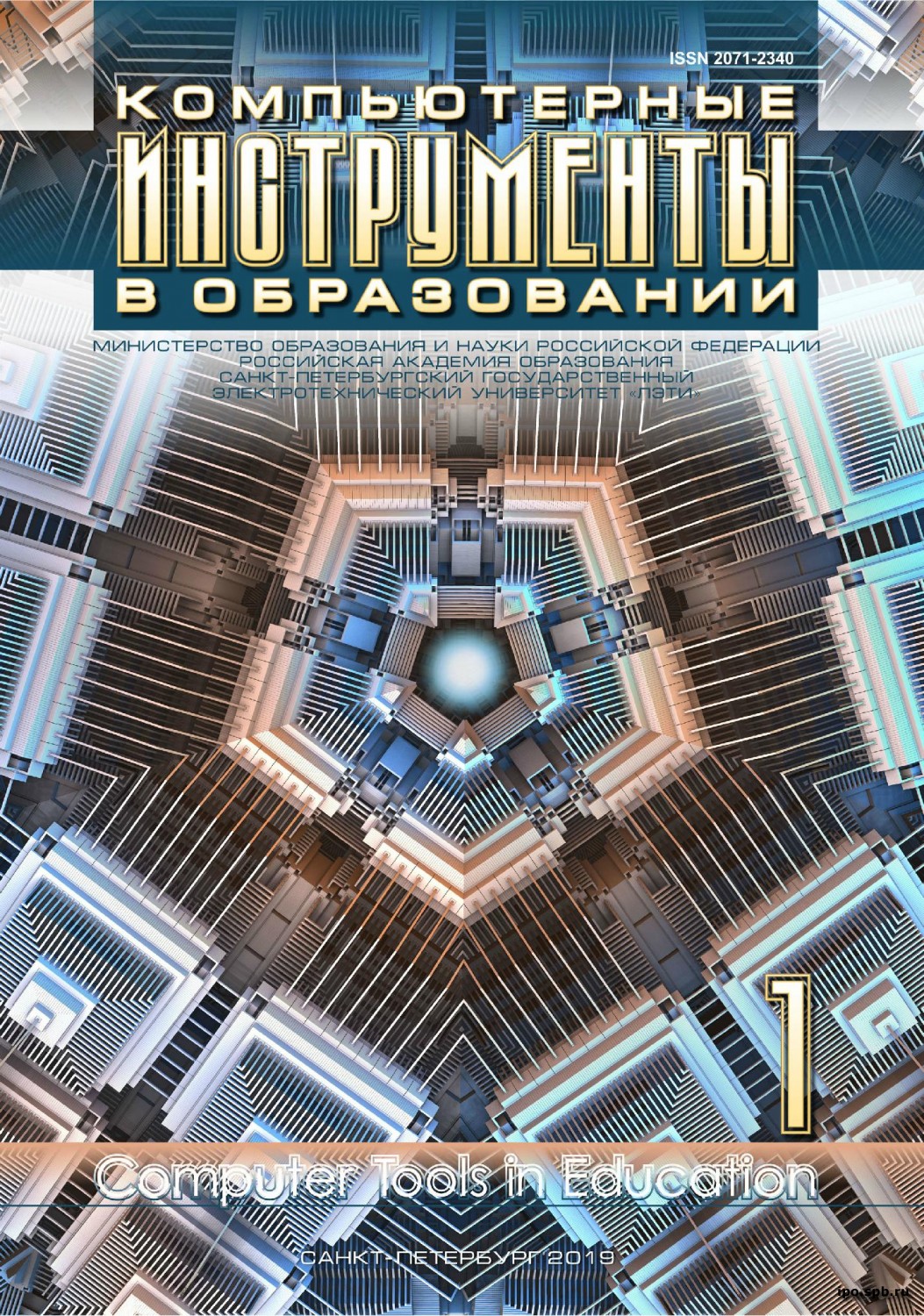Application of the model of fuzzy logic to evaluate the quality of data transfer in networks of the industrial internet of things
Abstract
Fuzzy logic by its main characteristic of simulation of human reasoning, it is classified among the techniques of artificial intelligence. This technique can be used to model and then replace the monitoring and control expertise of the process from the designer or user. Fuzzy logic has contributed to the development of several areas. In industrial maintenance, fuzzy logic is used to solve diagnostic problems by automatically classifying vibration signals corresponding to different modes of operation of machines.
In this article, a comparative analysis of the methods of automated control system of technological processes (ACS TP) in modern industrial fields is carried out, the preferential analysis of applying fuzzy logic methods in modern process control systems, as well as an example of using a fuzzy model in assessing the quality of data transmission in IIoT net-works.
References
A. S. Klyuev, B. V. Glazov, and A. Kh. Dubrovskii, Proektirovanie sistem avtomatizatsii tekhnologicheskikh
rotsessov [Designing automation systems for technological processes], Moscow, Russia: Energiya, 2015 (in Russian).
A. A. Fel’dbaum, Vychislitel’nye ustroistva v avtomaticheskikh sistemakh [Computing devices in automatic systems], Moscow, Russia, 2017 (in Russian).
A. Kuznetsov, “GenesisforWindows — graficheskaya SCADA-sistema dlya razrabotki ASU TP” [GenesisforWindows is a graphic scada – system for the development of automated process control
systems], Contemporary Technologies in Automation, no. 3, pp. 104–108, 1997 (in Russian).
A. M. Batkov, I. B. Tarkhanov, Sistemy teleupravleniya [Telecontrol systems], Moscow, USSR: Mashinostroenie, 1972 (in Russian).
“Industrial Internet of Things – IIoT” in Tadviser, [Online]. Available: http://www.tadviser.ru/index.php/Статья:IIoT_-_Industrial_Internet_of_Things_(Промышленный_интернет_вещей (in Russian).
“Industrial’nyi internet: tsifrovye tekhnologii kak draiver rosta rossiiskoi ekonomiki” [Industrial Internet: digital technologies as a growth driver for the Russian economy], [Online]. Available: https://www.company.rt.ru/projects/IIoT/presentation_april_2016.pdf (in Russian).
S. V. Emel’yanov, Informatsionnye tekhnologii i vychislitel’nye sistemy: Internet-tekhnologii. Matematicheskoe modelirovanie. Sistemy upravleniya. Komp’yuternaya grafika [Information technology and computing systems: Internet technologies. Math modeling. Control systems. Computer graphics], Moscow, Russia: Lenand, 2012 (in Russian).
A. Pegat, Nechetkoe modelirovanie i upravlenie [Fuzzy modeling and control], 2nd ed, Moscow, Russia: BINOM.Laboratoriya znanii, 2017 (in Russian).
L. A. Zadeh, “Fuzzy sets,” Information and Control, vol. 8, no. 3, 1965, pp. 338–353; doi: 10.1016/S0019-9958(65)90241-X
L. A. Zadeh, “Outline of a New Approach to the Analysis of Complex Systems and Decision Processes,” IEEE Transactions on Systems, vol. SMC3, no. 1, pp. 28–45, 1973; doi: 10.1109/TSMC.1973.5408575
А. Korchenko, “Method of parameter fuzzification based on linguistic standards for cyber attacks detection,” Ukrainian Scientific Journal of Information Security, vol. 20, no. 1, pp. 21–28, 2014.
“MathWorks — MATLAB and Simulink for Technical Computing, Fuzzy Logic Toolbox, Documentation Center,” [Online]. Available: http://www.mathworks.com/help/fuzzy/index.html
A. R. Gaiduk, V. E. Belyaev, T. A. P’yavchenko, Teoriya avtomaticheskogo upravleniya v primerakh i zadachakh s resheniyami v MATLAB: Uchebnoe posobie [The theory of automatic control in examples and problems with solutions in MATLAB: Tutorial], Sanct-Petersburg, Russia: Lan’, 2011 (in Russian).
E.H. Mamdani, S. Assilian, “An experiment in linguistic synthesis with a fuzzy logic controller,” International Journal of Man-Machine Studies, vol. 7, no. 1, pp. 1–13, 1975.

This work is licensed under a Creative Commons Attribution 4.0 International License.







